
We have set up a remote ODROID experience zone for someone who wants to measure, preview, and test the performance of ODROID SBCs. The ODROID SBCs in our testbed connected to Gbit ethernet and are open to the public. The experience zone offer benchmarks for performance, cloud server and more via SSH.
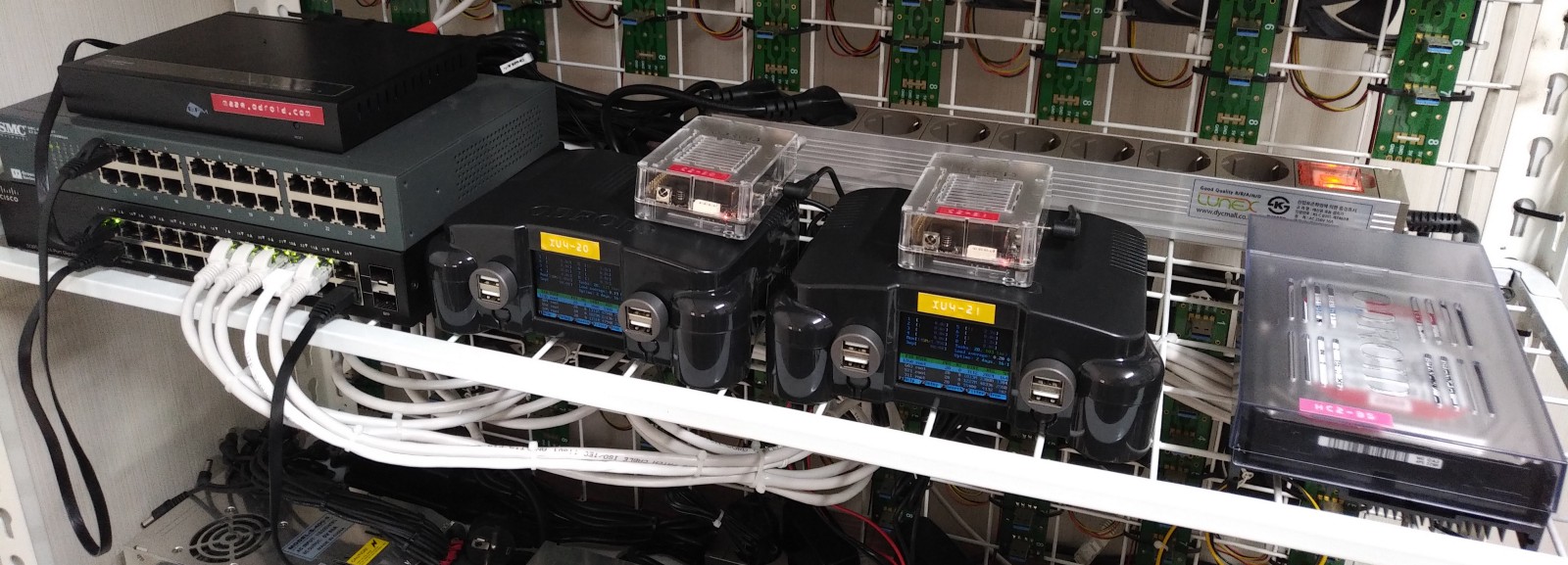
What devices are available on the testbed?
We provide a fully dedicated 1Gbps network with a domain at maze.odroid.com and different ODROID hardware setups to offer an experience to use any ODROID SBCs that you are interested in. From this environment, you can see hardware performance and computing power. Future ODROID SBCs would be accessed before launching.
Which operating system is installed on the ODROIDs?
It offers Debian Stretch in a Docker container on top of a recent Linux kernel that is maintained and updated by Hardkernel. Hardware performance and computing power are not affected by another environment with this configuration. If you are new at ODROID SBCs, all source code released for Linux kernel and U-boot are uploaded to the Github repositories at https://github.com/hardkernel.
What ODROID SBCs are accessible?
The beginnings will seem humble. You can have a command shell of ODROID after SSH-ing to a board through a dedicated port number, and you can even run or install a package. As of today, we offer 5 ODROID SBCs with a basic set up:
- 2x ODROID-XU4
- 2x ODROID-C2
- 1x ODROID-HC2 Home Cloud kit with 3.5" 1TB HDD
How are they accessible?
Only 4 out of 5 ODROID SBC are ready to accept your commands through an SSH-ing with a dedicated port number.
Login account: odroid Password: odroidOnce you access an ODROID SBC, you are fully granted to run any Linux commands to play with (some commands could be restricted for security reasons), and you can jump to another ODROID SBC in the same local network as well.
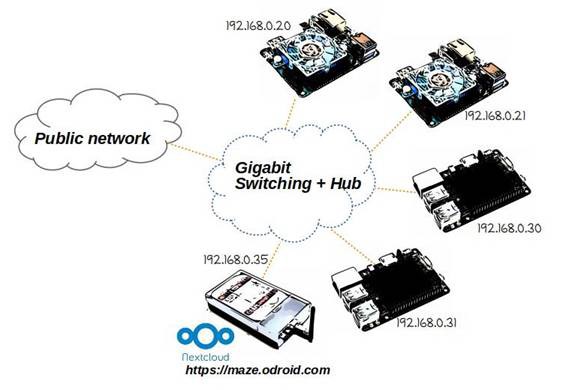

For instance, if you like to access the ODROID-XU4 in which port number is 2220, you can run the following command, which will let you access an ODROID-XU4 with internal IP address 192.168.0.20:
$ ssh -p 2220 odroid@maze.odroid.comOnce you have access to an ODROID, you can connect to any other ODROID in the same network with its dedicated internal IP address. For example, this command will let you access ODROID-C2 from ODROID-XU4 which you have connected with the previous command:
$ ssh -p 2222 odroid@192.168.0.30
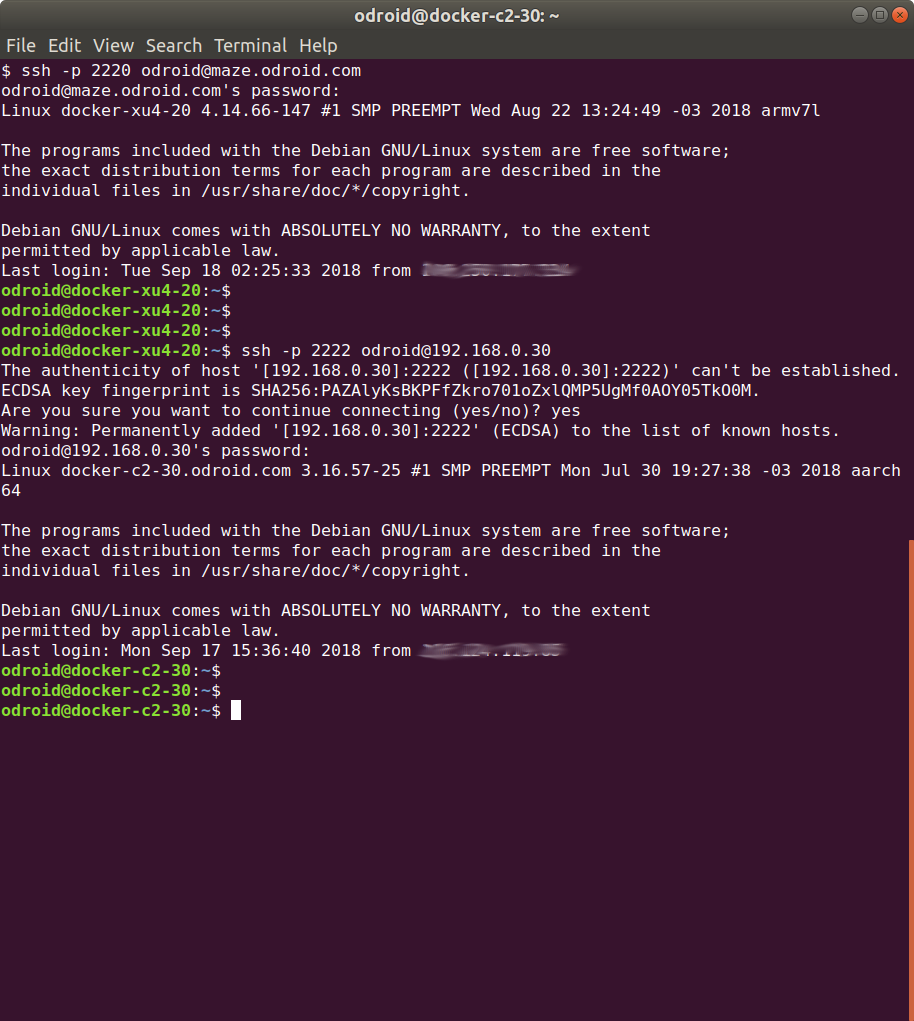
What other hardware is available?
Unlike the 4 ODROID SBCs explained so far, we also provide one dedicated cloud storage running Nextcloud with 1TB HDD. This storage device is to demonstrate how you can build your own cloud device with ODROID-XU4 and offer you an opportunity to use them before you decide to build by yourself. Everyone can access this storage with the open account, so you have to aware that all files can be accessed by anyone else. Therefore, you should not upload any private files to the storage. Also, you must not share any type of non-free files for your personal purpose using the storage.
Login account: odroid Password: odroidfun
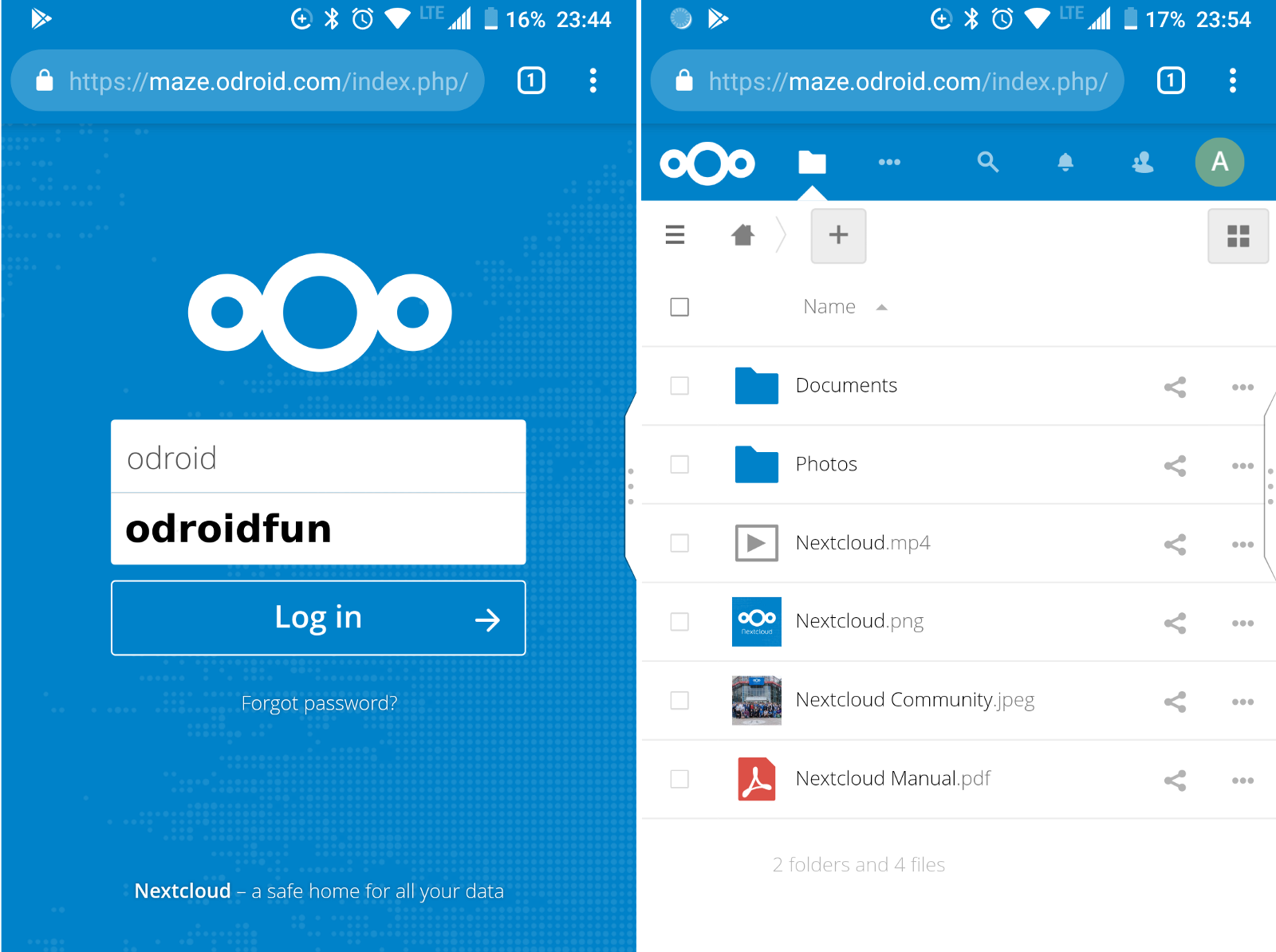
What is doable and not?
All ODROID SBCs in maze.odroid.com are publicly accessible and opened to offer sample SBC experiences. We are pleased to use them and listen to your opinion what can be improved. You can do see the performance of hardware with benchmark tools like sysbench or even simple Linux tools like dd or ping. Also, if you are willing to run a network tool with a certain port, you are able to use the ports between 4000 and 4499 in the Docker container.
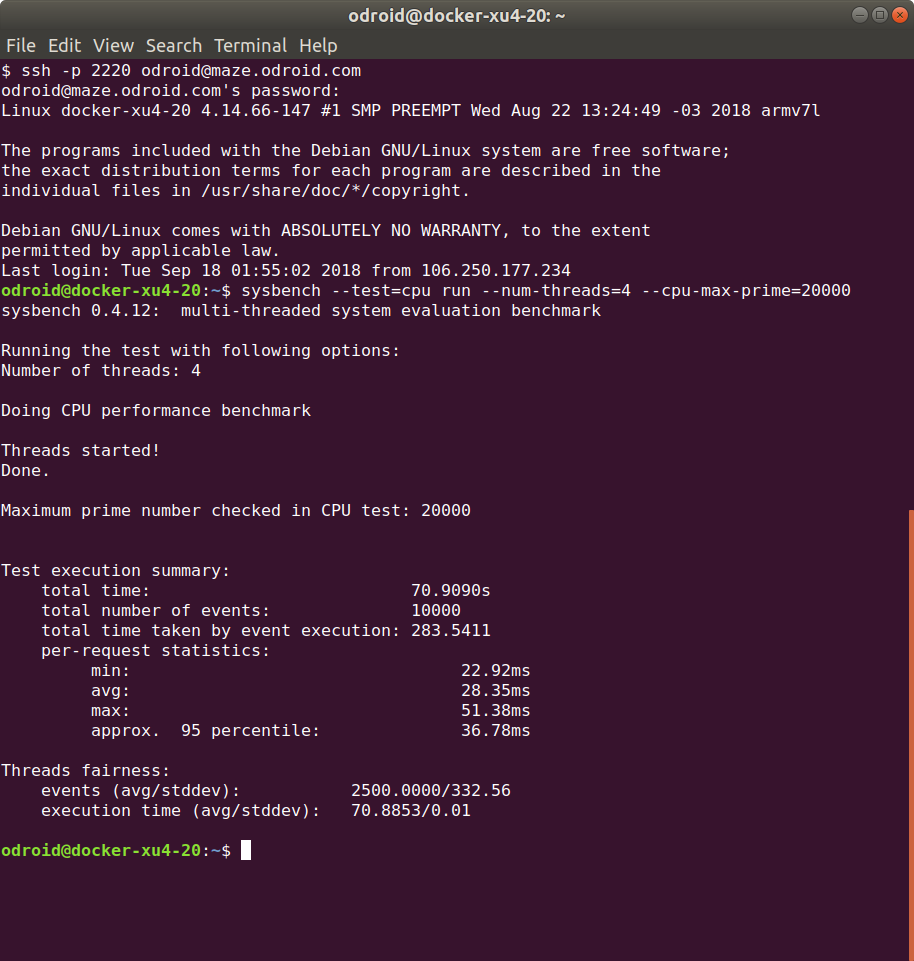
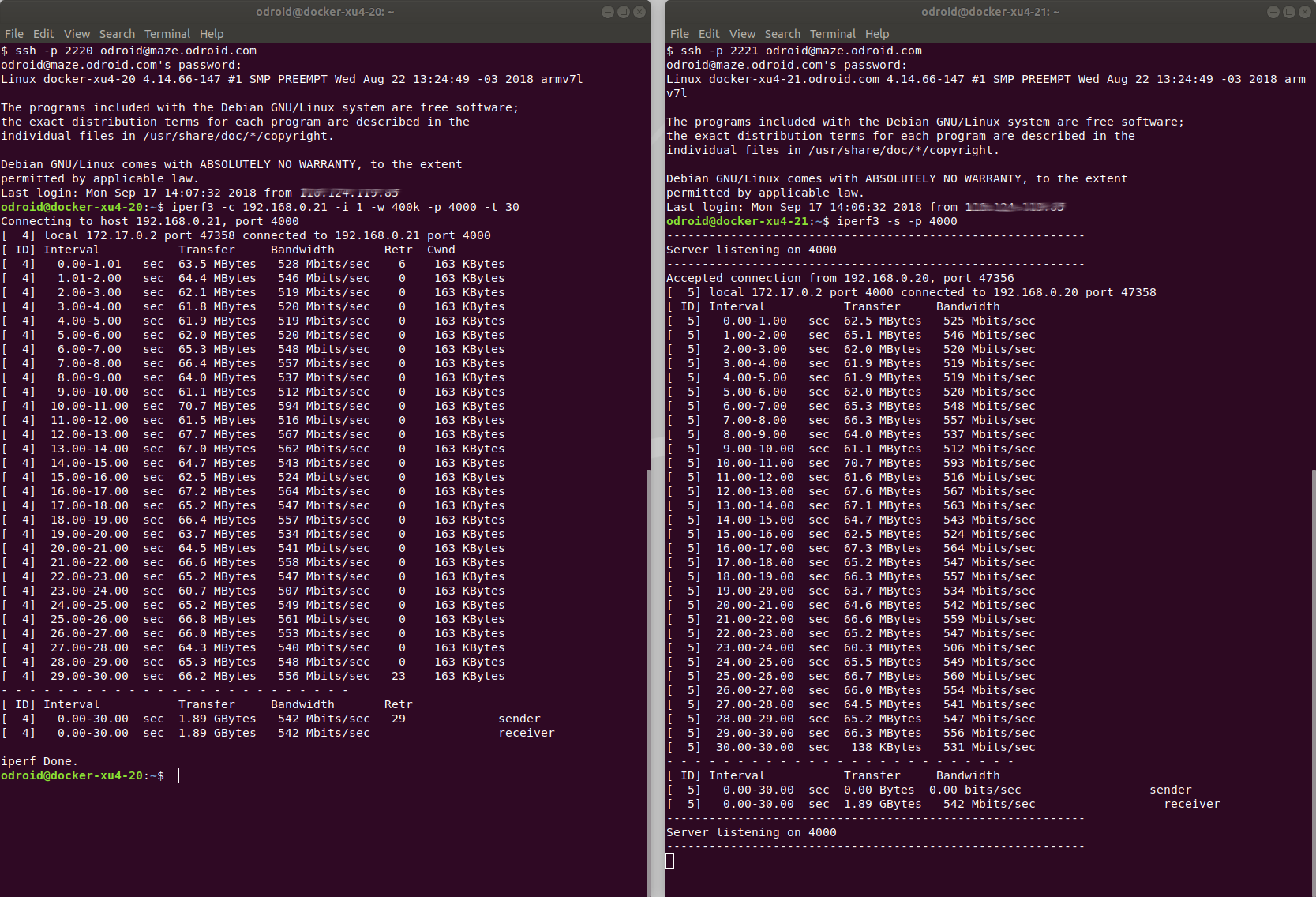
The ODROID SBC you are accessing is running on a Docker container, so you are also able to see how the Docker container is performing enough like a native operating system on ARM hardware.

Unfortunately, we are not providing a graphical environment access because of limited hardware capability of allowing many users at the same time. We also do not want them to be a hacking resource or used as a building machine that consumes full hardware resources. Also, the ODROID that you connect would run slowly since the devices in the maze.odroid.com can be accessed by anyone at any time. How long will maze.odroid.com run? We are expecting to offer experiences of ODROID SBCs we built, but we are also offer popular or future devices shortly after being introduced to the market. We only have 5 ODROID SBCs today, but more devices can come on demand or whenever a new ODROID SBC is published. As long as we have users who wants to have an experience, we will run more ODROID SBCs at maze.odroid.com.
We welcome hearing your suggestion or request, please visit the ODROID forum thread at https://forum.odroid.com/viewtopic.php?f=29&t=32257#p234012. For questions, comments and suggestions, please visit the original article at https://medium.com/@tobetter/odroid-bench-c5c1a10d6bec.

Be the first to comment